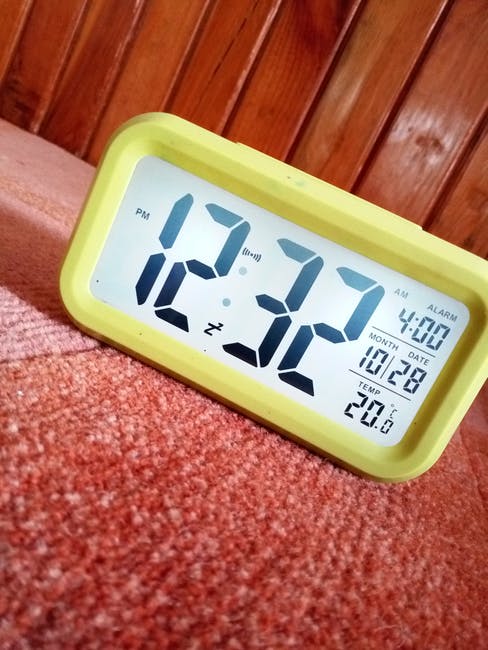Some countries use the 12-hour time format including the United States. This clock format also includes the abbreviations, AM and PM. Before the modern era, the only way to tell the time is by the sun’s position. Now, we are using digital clocks to track our daily activities, as well as to save time. So, what do AM and PM stand for and what does telling the time have to do with them?
Two 12-Hour Periods
The 12-hour system equally divides the 24 hours in a day into two periods, having 12 hours in each division. The first 12 hours in the division is designated as AM, which runs from midnight to noon. The second 12-hour period is marked as PM, which runs from noon to midnight. The abbreviations AM and PM are derived from Latin. The abbreviation AM stands for ante meridiem, which means before noon. It is also commonly denoted as a.m., am, or A.M. While PM stands for post meridiem, which means afternoon. It can also be written as p.m., pm, or P.M.
The 12-hour system came from Northern Europe and was spread globally via the British Empire. However, the 24-hour system is considered as the international hour system which is used by most countries, that’s why the AM and PM convention were only used by countries that are already used to it such as the United States, Canada except Quebec, Australia, New Zealand, and the Philippines.
Confusion on Midnight and Noon
One weakness of the 12-hour system is the confusion about which abbreviation should be used for noon and midnight. It’s because neither of the two can be identified as AM or PM, or before noon or afternoon. For example, midnight occurs 12 hours afternoon on the previous day, and 12 hours before noon on the following day. However, most of the digital clocks we use today indicate midnight as AM and noon as PM. To avoid confusion, others use the term 12-noon and 12-midnight, instead of 12 PM and 12 AM.
Another thing that makes some people confused is the lack of date designator. For example, you need to meet someone in a certain place at 12:00 AM on April 13. Would you go to the place at midnight between April 12 and 13, or 24 hours later? For accuracy and clarity, you could ask the person to be there at 12:01 AM on April 13. If you meant the following midnight, you could ask the person to be there at 11:59 PM on April 13.
A Cleaner Clock Face
Having the 12-hour system also gives us a cleaner and more conventional clock face. Compared to marking it with all 24 hours, the clock’s hand could just spin twice every day. Also, number 12 on the clock functions as zero and not 12. However, we use 12 because the concept of zero, or a non-numerical value wasn’t invented yet when the first sun dialers divided the day.
A Good Time for All
Adjusting time measurements is difficult when you travel from one place to another. For instance, one town might start their day at noon, and its neighbor town at midnight. These different time measurements were not a big deal back on the farm, however, some merchants were not happy with the time conversions they needed to do to conduct their business. That’s why AM and PM were introduced in the 17th century. It played a big part in establishing an outline of time which everyone could agree on.
In fact, AM and PM had been used for more than three thousand years, but it wasn’t until the 17th century when its notation became widespread in English-speaking countries.
Time is Money
Farmers used to keep time with the natural use of the sun. However, when the modern time came, some of them abandoned the fields and chose to work in the city. They left the traditional rural scheduling and adhered to the world of having work shifts and time cards. Personal timekeeping became a necessity for working people. More than knowing whether it’s morning or afternoon, knowing which fraction of morning and afternoon became more important to them so they can show up to their shifts on time.
Today, timekeeping isn’t as difficult as the previous era because we now have wrist watches, as well as different gadgets for us to know the time.

